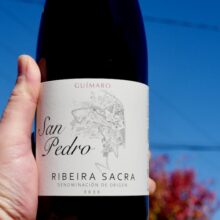
Product information
Guímaro Ribeira Sacra ‘San Pedro’ Mencia 2020
Red Blend from Spain, Ribeiras do Sil, Ribeira Sacra, Galicia
$102
Description
Guímaro’s wines draw you in. At this level, they move well beyond and above the playful, juby, joven styles. Complex, savoury, layered with sophisticated tannins all of Guímaro’s top wines show a deft hand in élévage to elicit the personality of the fruit from which they are made.
There’s a build in weight and richness here over the Miño river sibling to this wine.
The San Pedro has a beautiful acid balance. Savoury salami, spiced, energy and freshness, super complex. Harmonised seamless fragrant superb drinking. Juicy, crunchy & fresh yet wonderfully developed.
Excellent flow shape. The tannin profile is impressive, very sophisticated. Truffled!
This may be a new wine for Guímaro, the vines are 65+ years old & it shows in the vino!
There are two new reds from 2020 to compare the character of the wines from the Sil and the ones from the Miño. The one from the Sil is the 2020 San Pedro, which has the ripe, fruit-driven, floral and in-your-face nose from the zone, very much exemplifying the style from Guímaro. It has a medium body, very fine, melted tannins and tasty flavors. It was a riper and warmer year with a little more alcohol, 13.5% in this case. It fermented in oak vats with 40% full clusters and matured in a 3,000-liter oak foudre for 18 months. 3,500 bottles were produced. It was bottled in November 2022.
Luis Gutiérrez, The Wine Advocate 93+ Points
In stock (can be backordered)
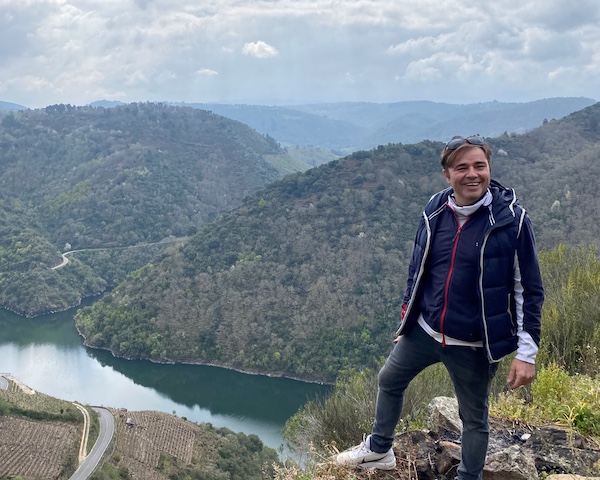
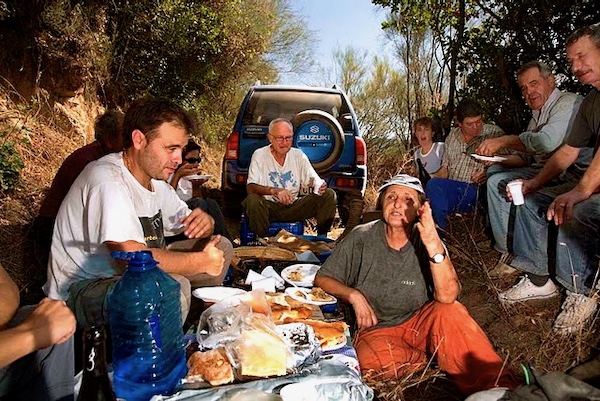
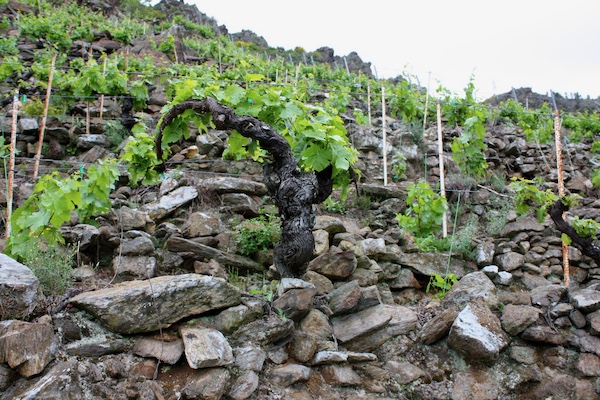
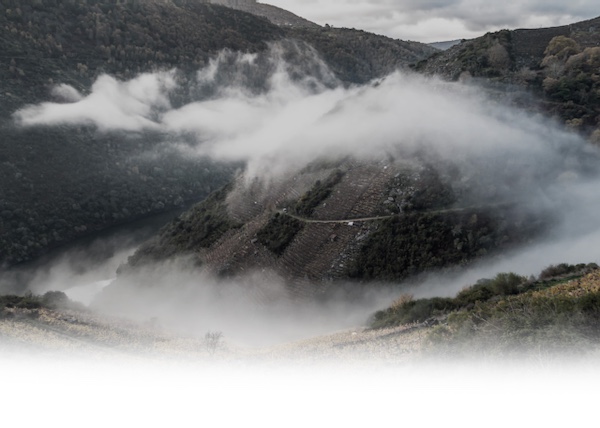
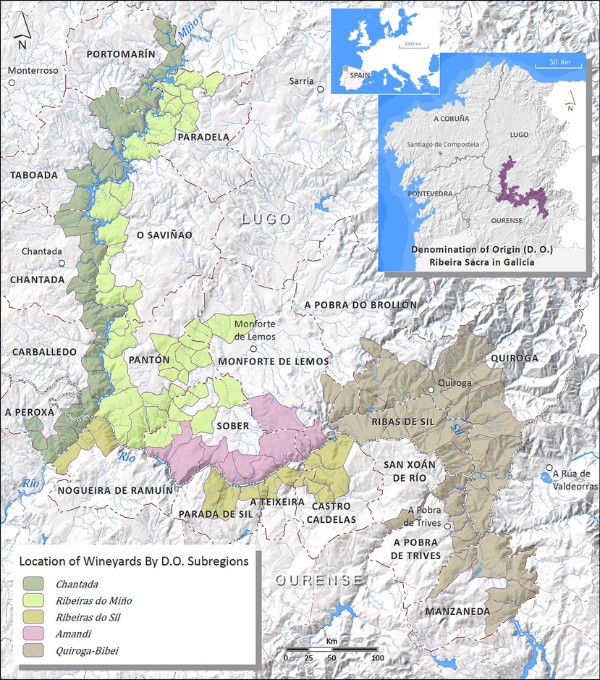
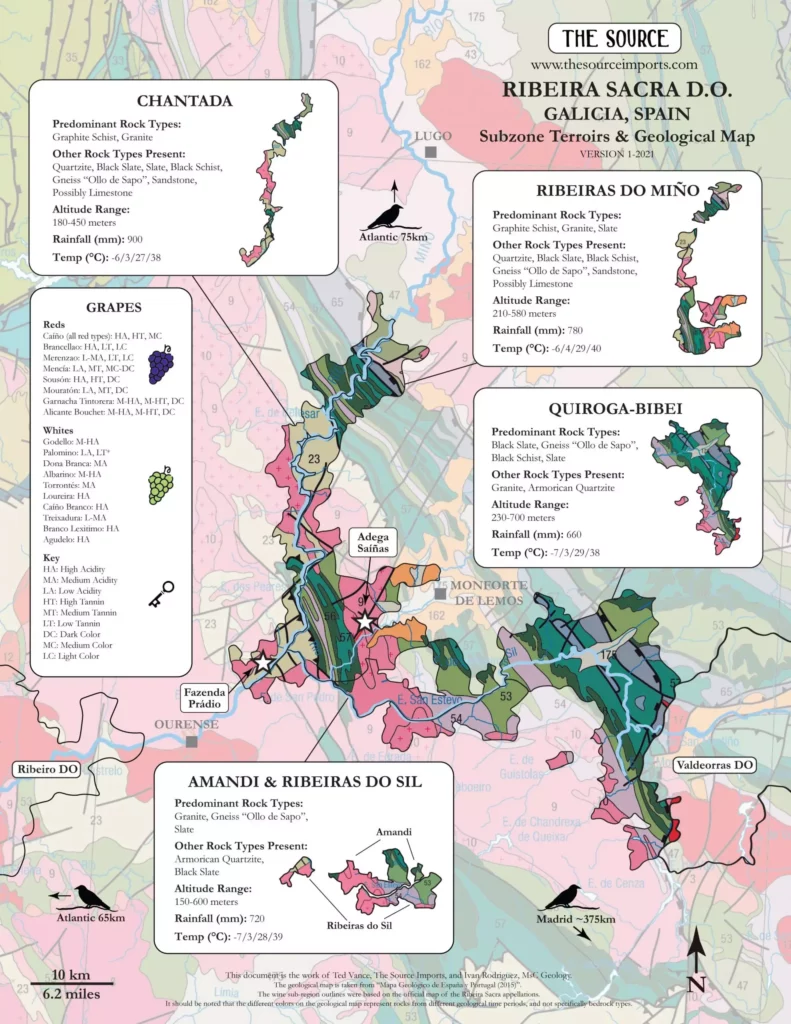
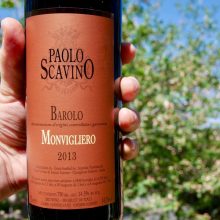

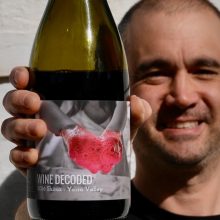
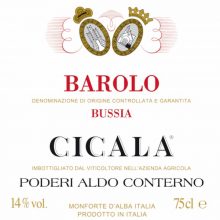
You must be logged in to post a comment.